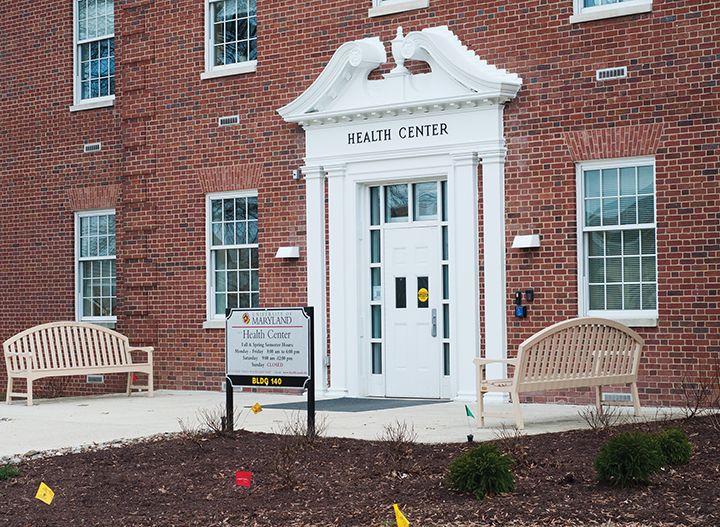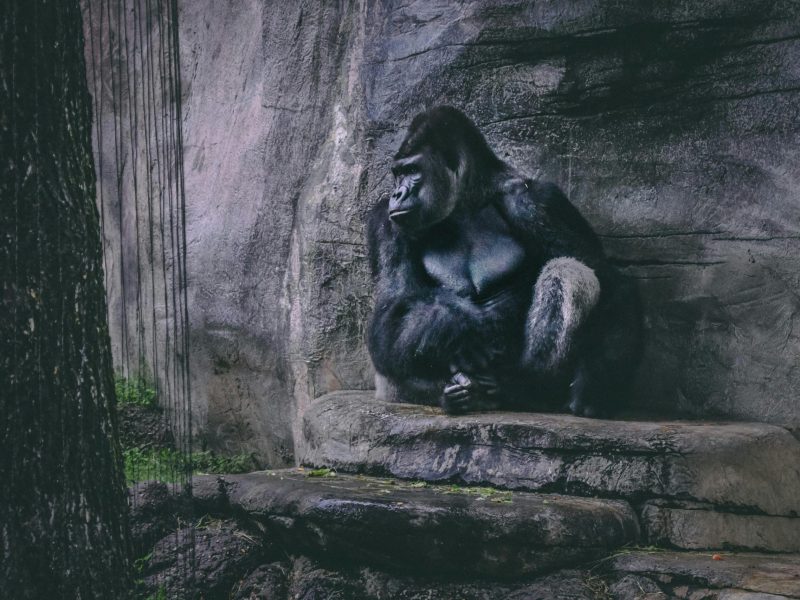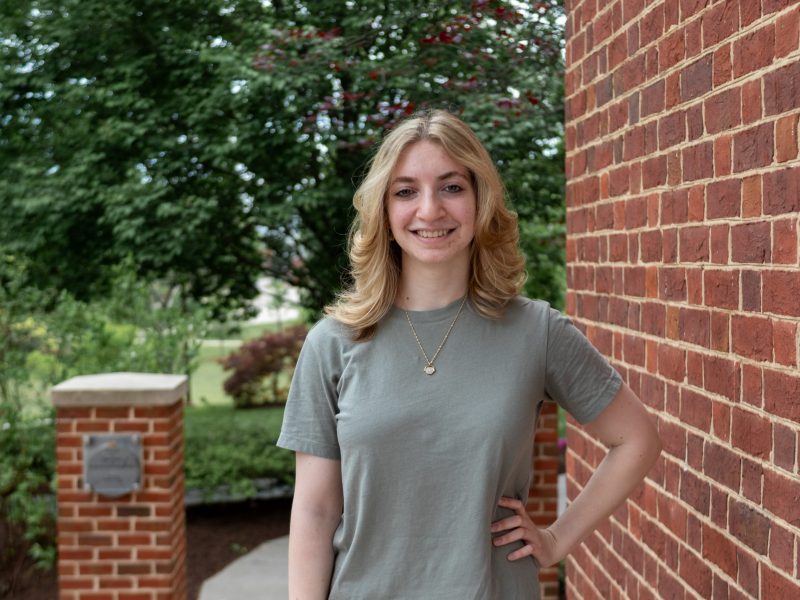Finding avenues to manage one’s mental health can be difficult, especially in high-stress environments like college. Traditional treatment options like therapy and medication are still available, but sometimes self-care requires a little extra inspiration.
University of Maryland student Kyle Rosenstein produces music.
“For me it’s like an escape, because, when I make music, my mind has to be like full into the creative mode,” the junior information sciences major said. “I don’t have time to think about other things in life because I’m fully immersed.”
About 22 percent of adults ages 18-25 deal with some sort of mental illness, according to the National Institute of Mental Health. But even with the prevalence of mental illness, finding and pursuing effective coping mechanisms is no easy task.
[Read more: UMD will no longer bar students from their dorms after mental health hospital stays]
Art therapy is a formal means to cope through creativity. The simple act of getting creative can decrease anxious, depressed and angry feelings, according to the American Art Therapy Association.
“Creating art is always so calming because it gives you time to just get away from your responsibilities and take time to create something that you enjoy,” said Jordyn Battle, a sophomore government and politics and public policy major. “There is also no stress associated with it because you’re simply doing it for fun.”
So-called adult coloring books are a popular source of artistic self-care, as are creative tasks like writing poetry or venting in a journal. Others, like Battle, do their makeup to cope with stress.
“It calms me down, and it’s almost like doing art just on my face,” Battle said. “I’ll just sit down at my desk to play with all my makeup and create different looks.”
Accounting graduate student Tayo Omisore — a writer and musician — said he creates art in order to “empathize with the world.”
“[Creating] gives me a reason to think about how the way I interact with society affects others, and pushes me to find the ‘perfect’ way to translate my thoughts to someone else,” Omisore said.
Omisore said the best way to get involved in making art is to take “your own silly ideas” as far as you can. He said having control over his creative process, from the inception to the final product, is a personal refuge for him.
[Read more: Self-Healing Through Art event offers creative ways to cope]
There are a variety of creative student organizations on campus, including dance companies, a cappella groups, spoken word clubs and sketch comedy troupes. Studio A, located in the basement of Stamp Student Union, offers classes on dance, painting, ceramics and more.
“UMD should do a better job of promoting and organizing the art outlets on campus, but there are a lot of them,” Omisore said. “The open mic scene, like Terpoets’ Milk x Honey, are great spaces for students to express themselves.”
Rosenstein emphasized that it’s “100 percent” worthwhile to pursue creative outlets even if you aren’t artistically gifted.
“At the end of the day I always remind myself that I’m not here to make music to expect or hope for it to go somewhere, or to be extremely popular, I just make it because I like making it,” he said. “So if you like doing it, or you use it as some kind of coping or stress mechanism of any sort, then you should stick with it, and you get better and better the more you do it.”



